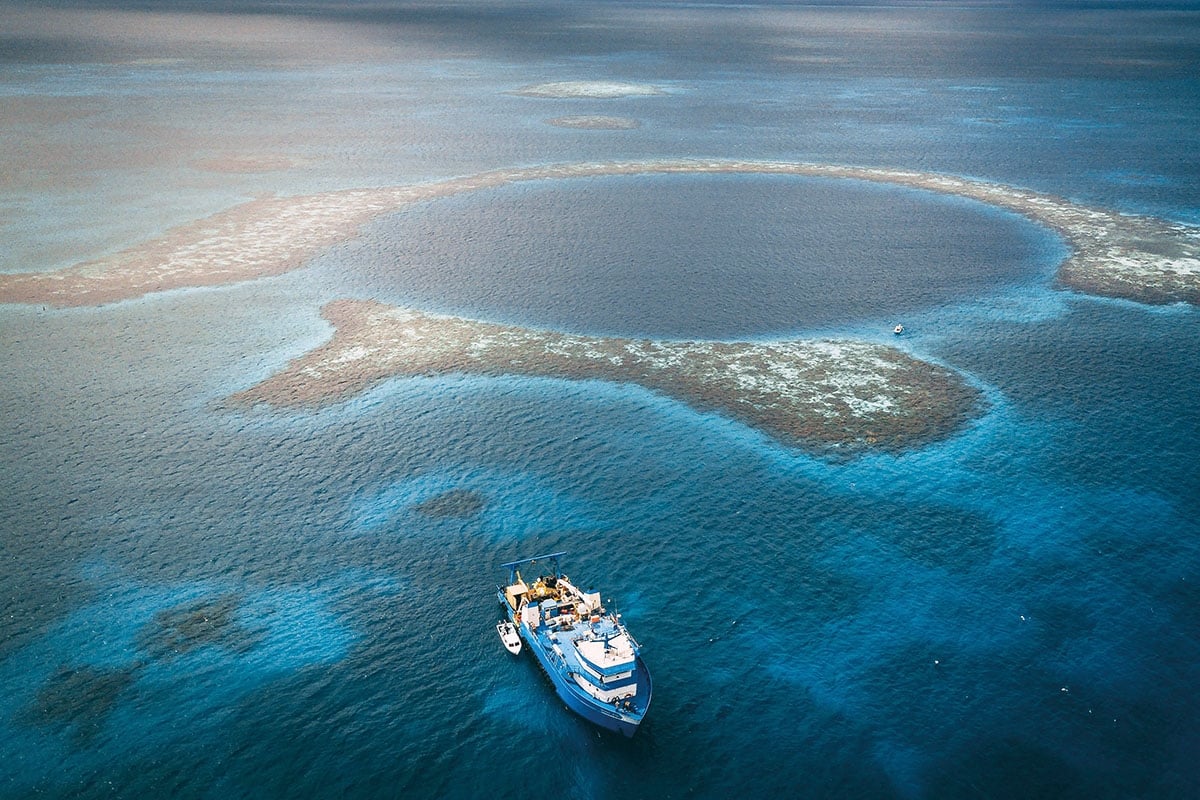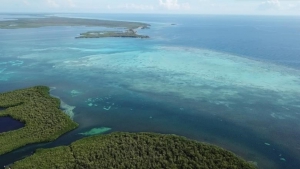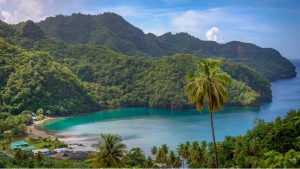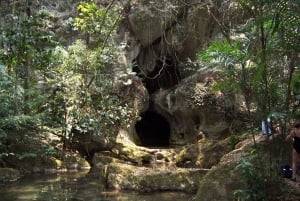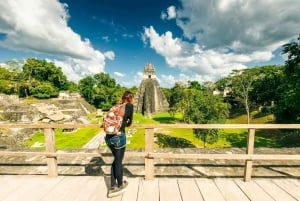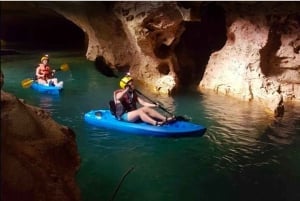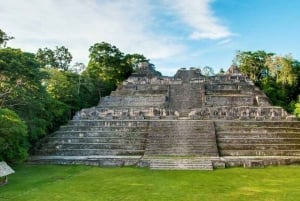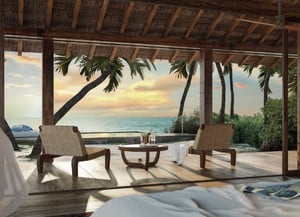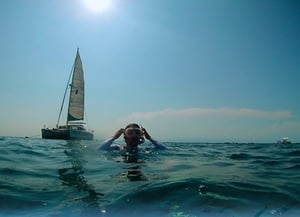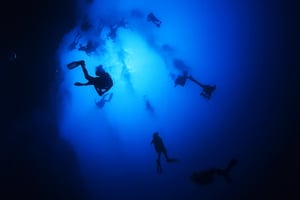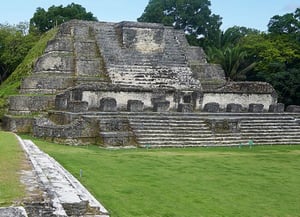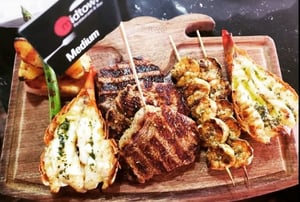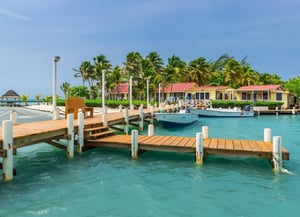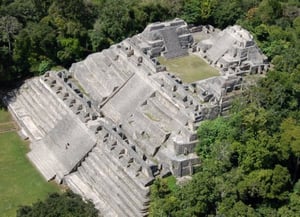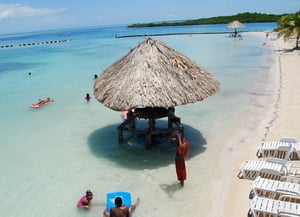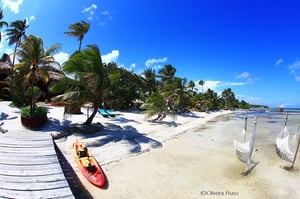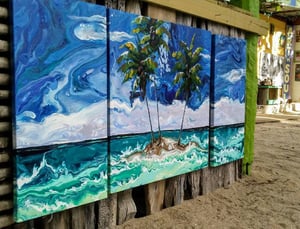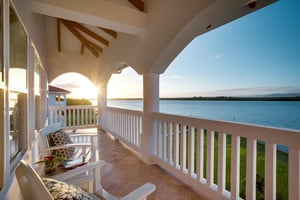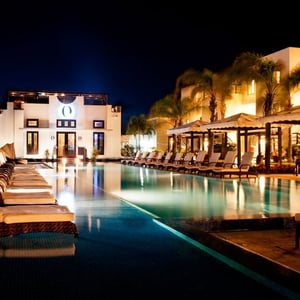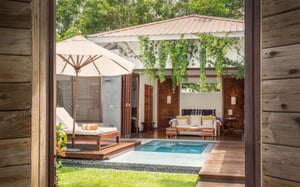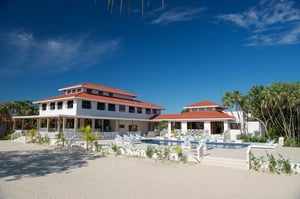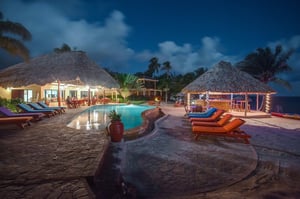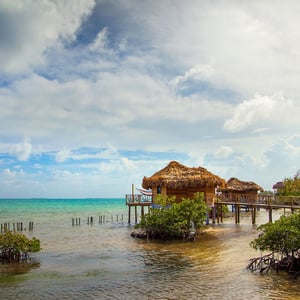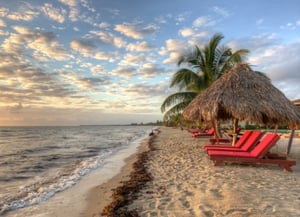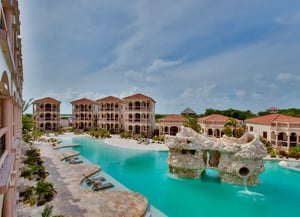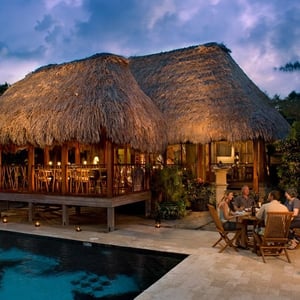Belize, a global example of sustainable tourism
Belize has doubled its commitment to a tourism that defends the environment at all costs without options for overcrowding or all-inclusive, thanks to a careful offer of boutique hotels and crystal clear waters that are the dream of every diver
Book Top Experiences and Tours in Belize:
If youʻre booking your trip to Belize last minute, we have you covered. Below are some of the top tours and experiences!- From Belize: One-Way Shared Shuttle to San Ignacio
- San Ignacio: Actun Tunichil Muknal (ATM) Cave Full-Day Tour
- Caye Caulker: 7-Stop Snorkeling in the Belize Barrier Reef
- San Ignacio: Crystal Cave & Blue Hole National Park + Lunch
- From San Ignacio: Tikal Maya Site Day-Trip with Local Lunch
Located on the Yucatan Peninsula, wedged between Guatemala and Mexico, Belize, with barely 400,000 inhabitants, receives one and a half million tourists from cruise ships each year and another 490,000 visitors, most of whom come from the United States, Europe and Canada.
Tourism represents 38% of its GDP.
Proof of this is that 70% of the island's territory and waters are protected areas, which explains why there are only 9,000 lodging rooms, distributed in 807 small boutique hotels and that all the restaurants are of local gastronomy, owned by the country's small entrepreneurs.
The singer Madonna was the one who put Belize on the map when she fell in love with San Pedro Island on one of her visits and from there the famous song "Isla Bonita" was born, the name by which the country is now known. Not to be outdone, the neighbors of the adjacent island renamed theirs as Isla Cariñosa. The other great international ambassador is the actor Leonardo de Caprio, who acquired an island in Belize in order to condition it according to strict sustainability standards, which is the key to tourism development in that country.
"There is not a single McDonald's or Burger King or Pizza Hut in Belize," said proudly the director of the Belize Tourism Council, Karen Bevans, who intends to attract tourism and especially the Mexican one because despite being so close and having so much in common as sharing the Mayan universe, both neighbors are unknown.
The tourist attractions of Belize are similar to those of Mexico in many aspects such as gastronomy or Mayan archaeology, although it is distinguished by its Caribbean influence, more heterogeneous for its mixture of cultures, religions and ethnic diversity. The main attraction of Belize is the warmth of its people besides diving and snorkeling and its gastronomy very focused on the ocean, with its fish, seafood and lobsters.
Belize's cuisine is inspired by Mexican and Caribbean food and very little by Anglo-Saxon food, despite being a British colony. Rice, beans, fish, vegetables, tamales, pozol and panuchos with the Caribbean touch of coconut milk and fried plantains. Being part of the second largest barrier reef in the world, Belize is home to a multitude of marine species that can be easily seen, and tourism is attracted by the beauty of the Great Blue Hole. The coast is lined with coral reefs and some 450 islets and islands. Three of the four coral reefs in the Western Hemisphere are found off the coast of Belize.
There are also majestic archeological sites in the middle of the jungle to get into the Mayan culture such as Actun Tunichil Muknal or Xunantunich and the caves of Che Chem Ha, Blue Creek and Tiger Cave, treasures that are only 10% of the archeological sites explored so far.


